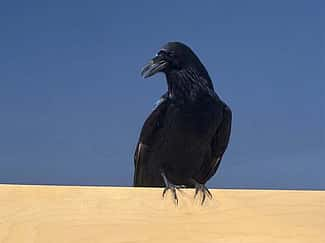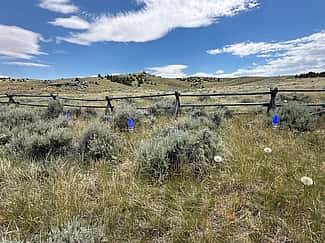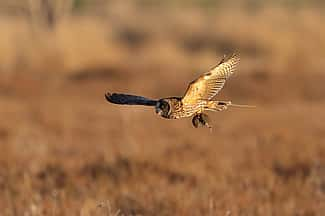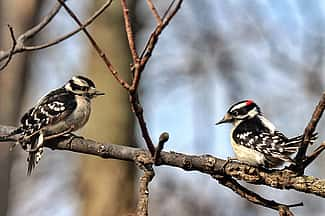Draper Natural History Museum
Draper Natural History Museum staff and volunteers conduct long-term ecological research in the Greater Yellowstone Ecosystem and keep up with all the wildlife and science news and issues related to this world-renowned, natural treasure. Keep up with Draper Museum fieldwork and Greater Yellowstone news and information here.

A bird trainer shares a story about a raven
A bird trainer shares a story about a raven A Museum Minute By Olivia WeitzWyoming Public MediaJanuary 22, 2025 A 1-minute audio…

Meet Becky the raven
Meet Becky the Raven from the Draper Museum Raptor Experience A Museum Minute By Olivia WeitzWyoming Public MediaJanuary 16, 2025 A 1-minute…

Wintering with Bees
As the wind, cold temperatures, and snow create icy conditions outside, our staff are working on the results of the second year…

Woodpeckers of the Greater Yellowstone Ecosystem
The variety of habitats within the Greater Yellowstone Ecosystem makes it a perfect place for many species of woodpeckers. Learn more about these visually striking birds!…

Long-eared Owls: Appearance, Habitat, and Behavior
Long-eared Owls are just one of about 250 species of owls living in the world. They reside on every continent except Antarctica….

Downy Woodpeckers: Small Drummers
Downy Woodpeckers (Dryobates pubescens) are only one of 239 species of woodpeckers worldwide. They are also the smallest woodpecker in all of…